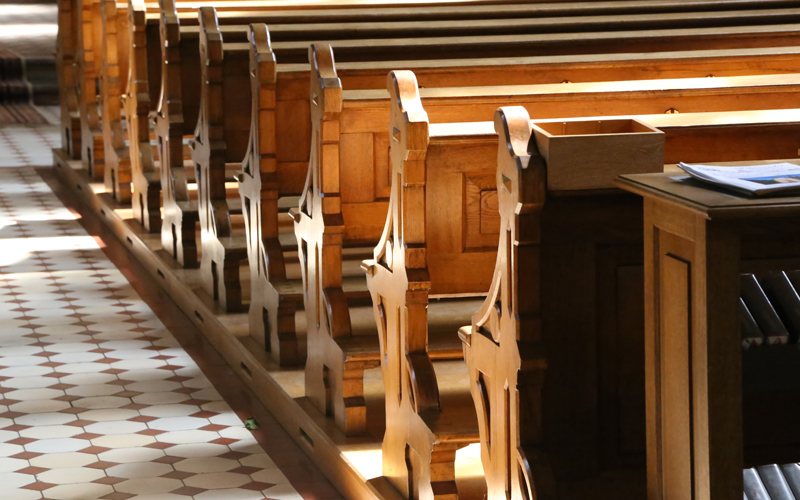SECURITY IN HOUSES OF WORSHIP
Guiding church leadership through practical steps towards enhancing security in houses of worship.
 The rising incidence of attacks on houses of worship necessitates a proactive approach to security, a concern underscored by a 34.8% increase in hate crimes against religious groups in the United States from 2014 to 2018, as reported by the FBI. This alarming trend calls for church leadership to take definitive steps to safeguard their congregations while preserving the inherent openness of these sacred spaces.
The rising incidence of attacks on houses of worship necessitates a proactive approach to security, a concern underscored by a 34.8% increase in hate crimes against religious groups in the United States from 2014 to 2018, as reported by the FBI. This alarming trend calls for church leadership to take definitive steps to safeguard their congregations while preserving the inherent openness of these sacred spaces.
An initial step in this process is conducting a thorough risk assessment to identify vulnerabilities, drawing insights from both local and national incident data. Following this, simple yet effective security measures can be implemented. This includes installing sturdy locks on all doors and windows and setting up basic alarm systems, which serve as primary deterrents. Enhancing visibility around the church through adequate lighting, especially in parking areas and around the building’s perimeter, along with maintaining clear sight lines by trimming shrubbery, can significantly reduce the risk of unauthorized entry.
Training and raising awareness among church staff, volunteers, and congregants are crucial. Regular emergency response training, including handling active shooter situations, equips those on the front lines with essential skills. Additionally, conducting safety workshops for congregants fosters a vigilant community, alert to and capable of reporting suspicious activities. First aid training for key personnel is also vital, preparing them to respond effectively in various emergency scenarios.
Incorporating technology plays a pivotal role in modern security strategies. Surveillance systems not only act as a deterrent but also provide valuable evidence in the event of an incident. Moreover, establishing an efficient emergency communication system, such as a mass notification app, ensures swift dissemination of critical information during crises. Building a dedicated volunteer security team within the church community can provide an immediate line of defense. This initiative should be complemented by forming strong relationships with local law enforcement for additional support and resources. Furthermore, engaging in interfaith collaborations and community policing initiatives enhances overall security through shared knowledge and collective efforts.
Lastly, navigating the financial aspects of security enhancements is crucial. Churches should explore government grants and private funding dedicated to security improvements, ensuring all measures comply with local laws and building codes.
In conclusion, securing a house of worship in today’s climate involves a multifaceted approach. By implementing these basic yet effective steps, church leadership can significantly enhance safety and security, achieving a balance between protection and the open, welcoming nature central to these sacred spaces.

